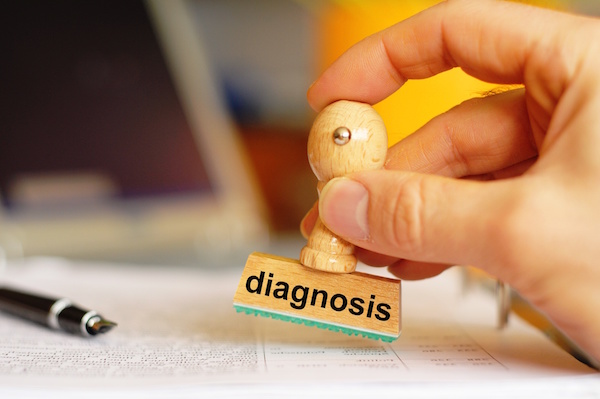
MONDAY, Oct. 3 (HealthDay News) — The rate of oral cancers linked to the sexually transmitted human papillomavirus (HPV) rose dramatically over two decades, according to new government research.
Within a decade, these types of tumors might become the leading form of HPV-linked cancers, the researchers noted.
In the period between 1984 and 1989, just 16.3 percent of oral cancer samples tested positive for HPV. By 2000 to 2004, that number had jumped to 72 percent, the researchers found.
“Back in 2008, we did a study and found that the incidence rates of oropharyngeal cancers have increased. Because this increase occurred in a period where cigarette smoking has decreased, we hypothesized that another risk factor — perhaps HPV — might be responsible,” explained the study’s lead author, Anil Chaturvedi, an investigator in the division of cancer epidemiology at the U.S. National Cancer Institute.
“We found that the prevalence of HPV infection significantly increased over time,” said Chaturvedi.
Results of the study were published online Oct. 3 in the Journal of Clinical Oncology.
HPV is a sexually transmitted virus known to cause cervical cancers. The authors suggest that the current rise in oral HPV may be due to an increase in oral sex.
There’s currently a vaccine available to prevent infection with certain types of HPV. It’s not known, however, if this vaccine could also prevent oral infections with HPV.
For the current study, the researchers tested samples from 271 oropharyngeal cancers that occurred between 1984 and 2004. The tumor samples came from Hawaii, Iowa and Los Angeles, according to the study.
The investigators tested for a specific strain of HPV known as HPV16. This particular type of HPV is also known to cause cervical cancers, and is one of the strains covered by the cervical cancer vaccine.
Just 16.3 percent of samples taken in the 1980s tested positive for HPV16, compared with nearly 72 percent of those taken in the early 2000s, the study authors reported.
That means in the late 1980s, about 0.8 per 100,000 people had HPV-linked oropharyngeal cancer and by 2004, 2.6 per 100,000 had such a cancer. That’s an increase of 225 percent, the authors explained.
During that same time, HPV-negative oral cancers — most likely caused by tobacco or alcohol use — declined by 50 percent, according to the study.
“By the year 2020, HPV-positive oropharyngeal cancers will be the most common HPV-related cancer,” said Chaturvedi. He noted that while a lot of progress has been made in preventing HPV-related cervical cancer, research in HPV-related oral cancers is currently lacking.
“HPV is a major cause of oropharyngeal cancers, and we need to understand the natural history of oral HPV infections and what the modifiable risk factors are. Clinical studies are also needed to see if specific targeted therapies can help oropharyngeal cancer patients,” he said.
Dr. Jeffrey S. Weingarten, an otolaryngologist with the St. John Providence Health System in Southfield, Mich., agreed that further research needs to be done.
“It is possible that fewer HPV infections in women [due to the vaccine] will result in fewer infections in men,” he said, adding that if the vaccine turns out to be effective in men, there may be an additional reduction in HPV infections.
Chaturvedi said that “it’s anticipated that the [currently available HPV] vaccines would have a high efficacy in males,” but that only clinical trials can answer this question for sure.
More information
Learn more about risk factors for oral cancers from the American Cancer Society.

